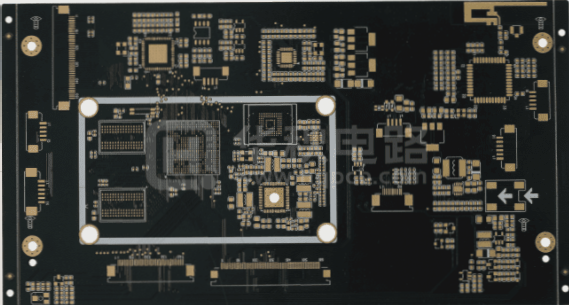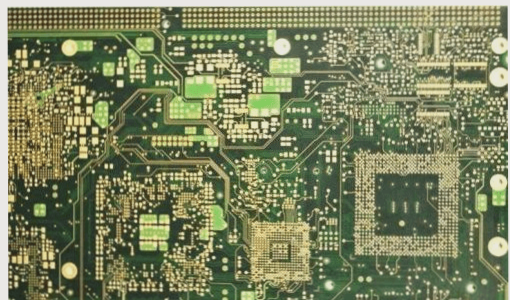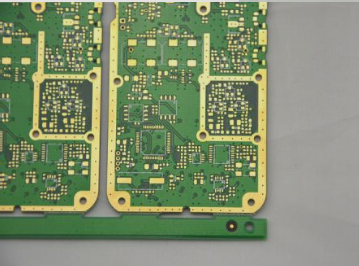Techniques for Optimizing Solder Paste Printing in PCBA
Solder paste printing is a critical aspect of PCBA that significantly influences soldering quality. To ensure optimal results, the following techniques are essential:
1. Stencil
- Adjust stencil openings based on component layout to control solder amount on pads.
- Choose the right stencil material for durability and tension.
- Maintain a clean storage environment for the stencil.

Invest in a stencil tension meter for regular tension checks.
2. Solder Paste
- Select high-quality solder pastes with active ingredients like gold or silver.
- Store solder paste in a refrigerated environment within specified temperature ranges.
- Adhere to IPC standards for solder paste recovery.
3. Solder Paste Printing
- Use automatic solder paste printers for precise control over printing parameters.
- Monitor for blocked holes and stencil deviations during mass production.
4. SPI Printing Effect Detection
- Implement an SPI solder paste detector to identify defects post-printing.
- Detect issues such as insufficient solder, solder bridges, gaps, and misalignment.
- Establish a closed-loop mechanism for defect detection and resolution.
Effective solder paste printing management is crucial for enhancing overall welding quality in PCBA processes. By following these techniques diligently, production managers can ensure high-quality soldering outcomes and minimize defects.




